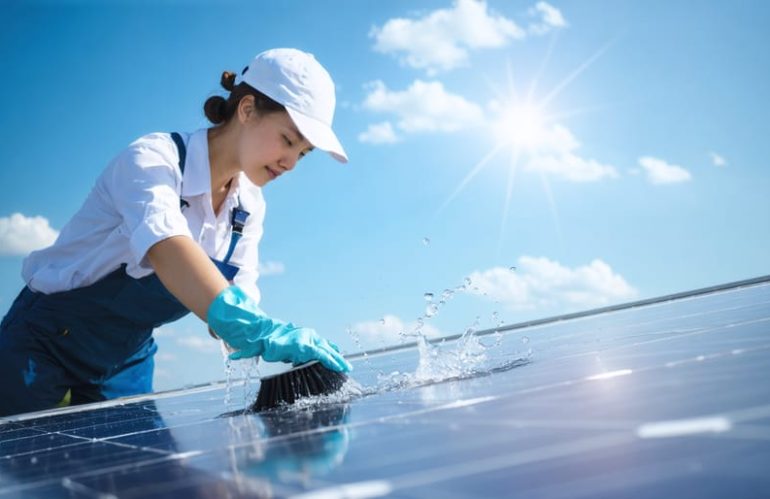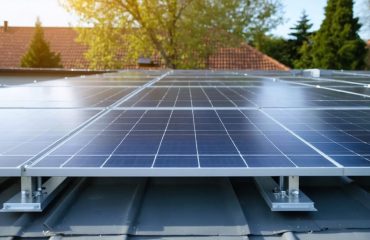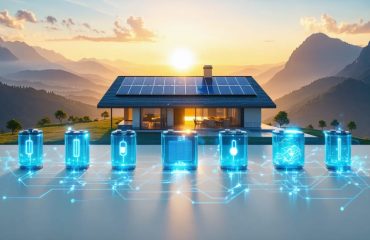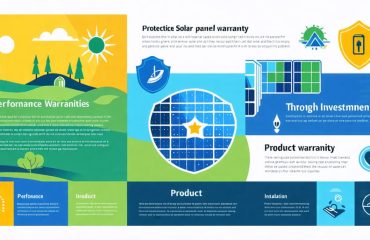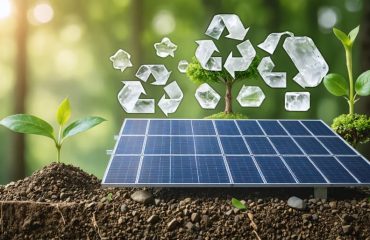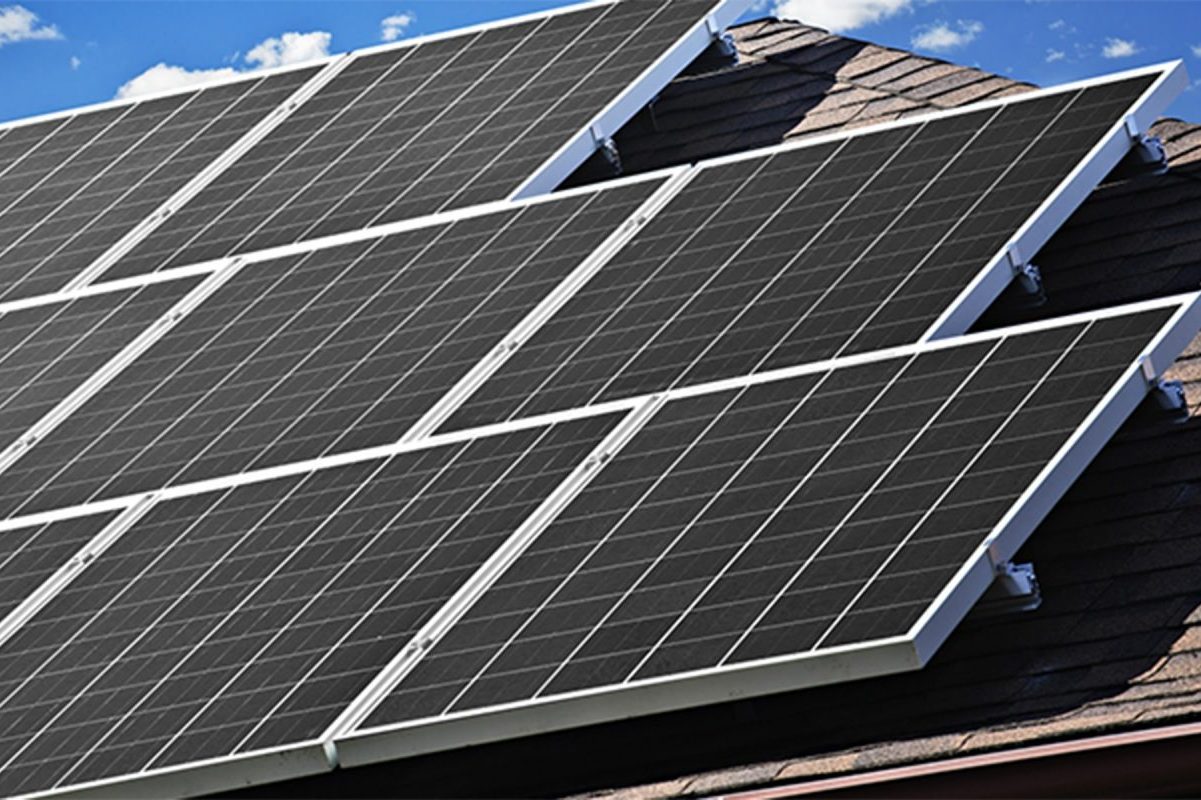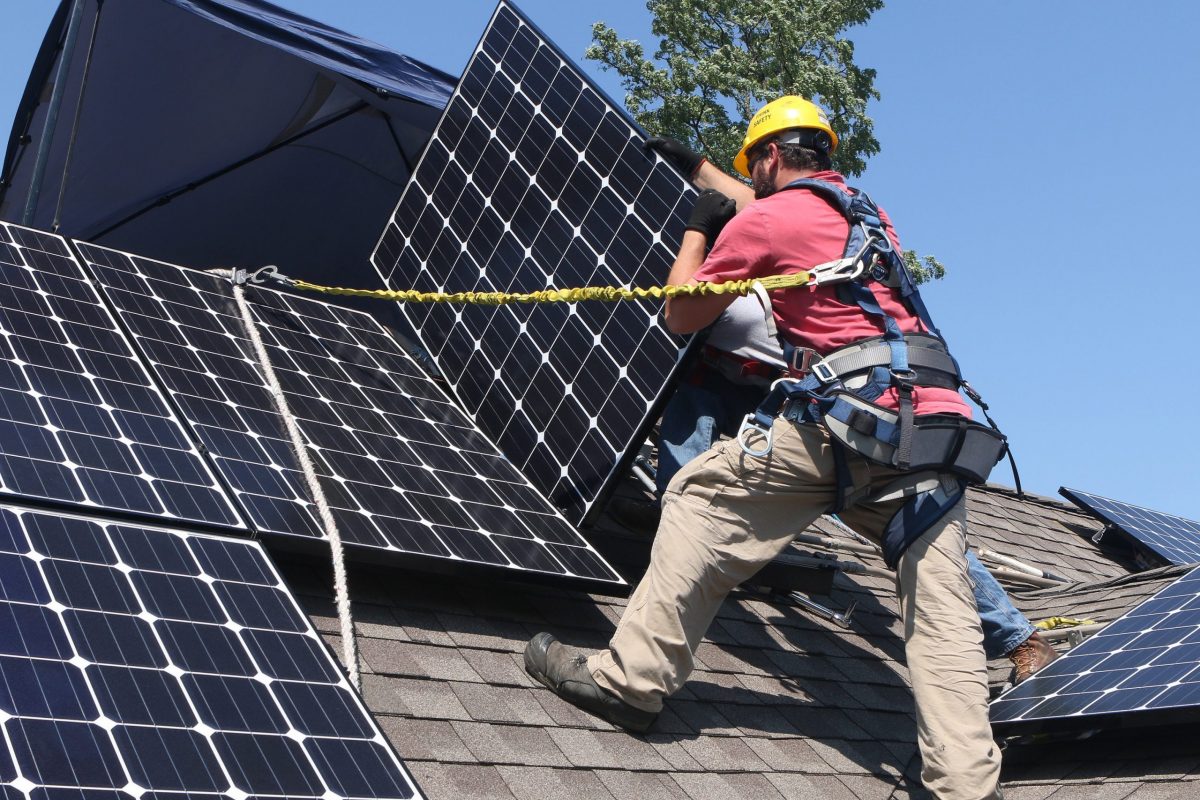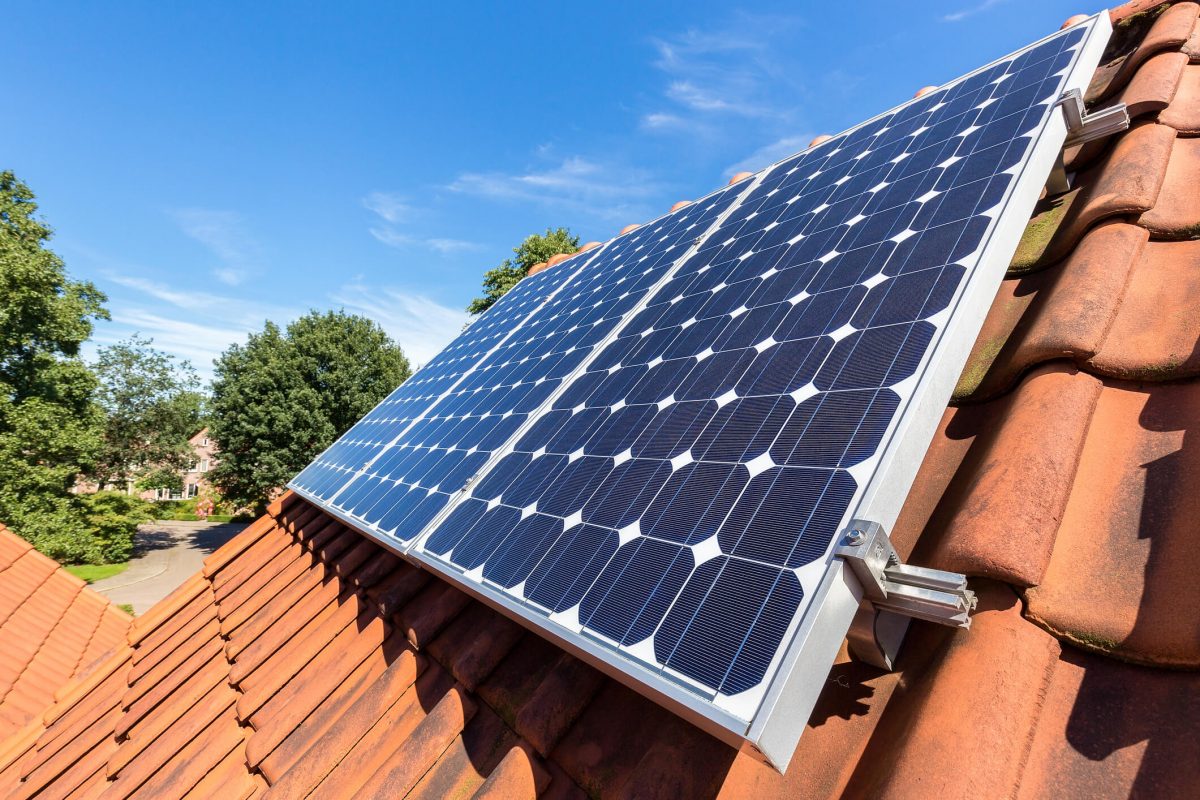Maintain your solar panel investment and maximize energy production with proper maintenance that takes just a few hours each season. Regular cleaning and inspection not only extend your panels’ lifespan but can boost their efficiency by up to 15%. From preventing costly repairs to ensuring optimal performance year-round, these maintenance practices protect your renewable energy investment while keeping your electricity bills consistently low.
Clear debris and dust from your panels monthly using soft brushes and non-abrasive cleaners to prevent power output reduction. Monitor your system’s performance through your inverter display or mobile app to catch potential issues early. Schedule professional inspections annually to assess wiring, mounting hardware, and overall system health – especially if you notice unexpected drops in energy production.
Remember, well-maintained solar panels typically last 25-30 years, making consistent care essential for long-term energy savings and environmental impact. With these simple yet effective maintenance routines, you’ll ensure your solar investment continues delivering clean, reliable power for decades to come.
Regular Cleaning: The Foundation of Solar Panel Care
When to Clean Your Panels
Regular cleaning is essential for optimal solar panel performance, but timing is everything. The best time to clean your panels is early morning or evening when they’re cool, preventing thermal shock from cold water on hot surfaces. Aim to clean your panels at least twice a year, typically at the start of spring and fall.
Monitor your panels more frequently during specific seasonal events. Spring cleaning is crucial to remove pollen and winter debris, while fall maintenance helps clear fallen leaves. In dusty regions or during prolonged dry spells, you might need monthly cleanings to maintain efficiency.
Weather conditions also dictate cleaning frequency. After dust storms, heavy rain followed by dry conditions (which can leave dirt residue), or bird droppings, your panels may need immediate attention. However, if you live in an area with regular rainfall, nature might do some of the cleaning for you.
Watch your energy production readings – a sudden drop could indicate it’s time for cleaning. Just remember, safety first – if you’re unsure about cleaning your panels yourself, particularly during challenging weather conditions, it’s best to contact a professional.
Safe Cleaning Methods
To maintain your solar panels’ efficiency, following safe cleaning methods for solar panels is crucial. Start by gathering your supplies: a soft-bristled brush or squeegee, a garden hose, and mild soap if needed. Never use abrasive materials or harsh chemicals, as these can damage the panels’ protective coating.
Begin cleaning early morning or evening when panels are cool. First, spray the panels with water to remove loose dirt. For stubborn spots, use a gentle soap solution and the soft brush, working from top to bottom. Avoid applying excessive pressure while scrubbing.
Rinse thoroughly with clean water, ensuring no soap residue remains. Use the squeegee to remove excess water, preventing water spots. For roof-mounted systems, always clean from ground level using an extension pole, or hire professionals if panels are difficult to reach.
Remember to check your manufacturer’s guidelines, as some panels have specific cleaning requirements. During drought conditions, consider using specialized waterless cleaning tools designed for solar panels to maintain efficiency while conserving water.
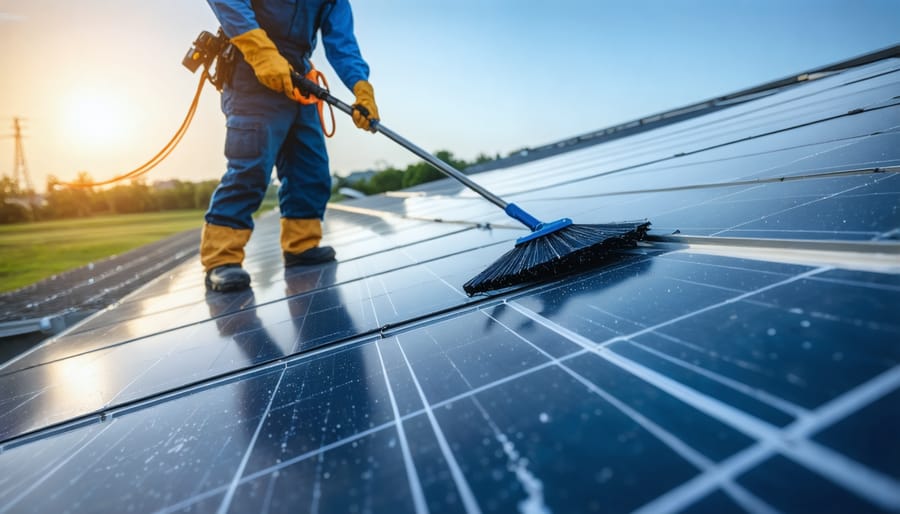
Visual Inspections That Save You Money
What to Look For
Regular inspection of your solar panels can help you spot potential issues before they become major problems. Keep an eye out for physical damage like cracks, chips, or discoloration on the panels’ surface, which could indicate impact damage or manufacturing defects. Watch for debris accumulation, including leaves, bird droppings, or dust buildup, as these can significantly reduce energy production.
Check the panel frames for signs of rust or deterioration, particularly around mounting points. Loose or damaged wiring connections, exposed cables, or degraded insulation are red flags that need immediate attention. Monitor your inverter’s display panel for error messages or unusual readings, as these often signal underlying issues.
Look for hot spots or discolored areas on the panels, which might suggest electrical problems. Pay attention to any sudden drops in energy production that can’t be explained by weather changes or seasonal variations. Also, inspect the roof area around your panels for water damage or loose mounting hardware.
If you notice any of these issues, it’s best to contact a qualified solar professional for a thorough assessment and necessary repairs.

When to Call a Professional
While regular DIY maintenance is important, certain situations require professional expertise. Contact a certified solar installer if you notice significant drops in energy production, visible damage to panels or mounting equipment, or if your monitoring system shows consistent underperformance. Professionals should also be called when you spot loose wiring, damaged junction boxes, or any signs of water infiltration beneath the panels.
Schedule professional inspections if your panels have been exposed to severe weather events like hailstorms or hurricanes, even if damage isn’t immediately visible. You’ll also want expert help if you notice unusual noises coming from your inverter or if your panels show signs of delamination (separation of the glass and backing materials).
For roof-mounted systems, always contact professionals when maintenance requires working at heights or dealing with electrical components. Additionally, reach out to experts if your warranty is approaching expiration, as a professional inspection can identify and address potential issues before coverage ends. Remember, attempting complex repairs yourself could void your warranty and compromise your system’s safety and efficiency.
Monitoring System Performance
Using Your Monitoring System
Regular monitoring of your solar system’s performance data is crucial for maintaining optimal efficiency. Most modern systems come with user-friendly apps or web portals that provide valuable insights into your energy production. Check out these solar monitoring system benefits to make the most of your investment.
Pay attention to your daily and monthly energy production trends. A sudden drop in output could indicate an issue requiring attention. Look for patterns in generation during different times of day and weather conditions. Your monitoring system should show both real-time and historical data, making it easy to spot seasonal variations.
Watch for any error messages or alerts from your system. Most monitors will notify you when production falls below expected levels. Compare your current output with previous months and the same period last year to identify potential problems early. This proactive approach helps ensure your solar panels continue delivering maximum energy savings year-round.
Common Performance Issues
Even well-maintained solar panels can experience performance issues from time to time. Common signs include a noticeable drop in energy production, inconsistent power output throughout the day, or unexpected increases in your electricity bills. Shade from growing trees or new construction can significantly impact panel efficiency. Physical damage, such as cracks or discoloration, might indicate water seepage or heat stress.
Another frequent issue is hotspots, where portions of panels appear darker or warmer than surrounding areas, suggesting damaged cells. Loose or corroded wiring connections can cause intermittent power generation, while accumulated dirt and debris create uneven surface coverage that reduces overall efficiency.
Monitor your system’s performance through your inverter display or monitoring app. If you notice a steady decline in output despite good weather conditions, or if your panels show visible signs of wear, it’s time to schedule a professional inspection. Most issues can be resolved quickly when caught early, helping maintain optimal energy production.
Seasonal Maintenance Tips
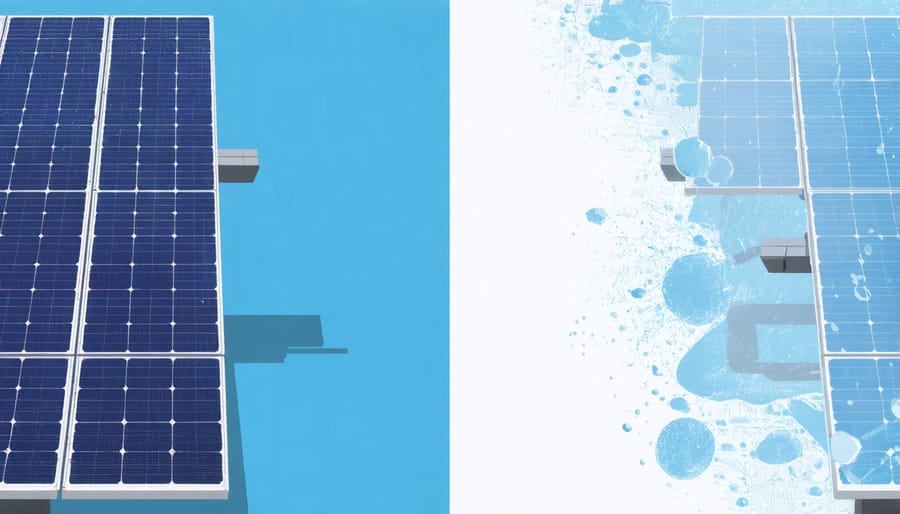
Summer and Winter Care
Seasonal changes require different approaches to protecting panels in extreme weather. During summer months, higher temperatures can actually reduce solar panel efficiency. Keep panels cool by regularly spraying them with water in the early morning or evening, which also helps remove dust buildup. Ensure proper ventilation beneath the panels by checking that mounting brackets maintain adequate airflow.
Winter brings its own challenges, primarily snow and ice accumulation. Never use hot water to melt snow, as the thermal shock can damage the panels. Instead, use a soft-bristled snow rake with an extended handle to gently remove snow accumulation. If ice forms, wait for it to melt naturally rather than attempting to scrape it off, which could scratch the panel surface.
For both seasons, monitor your system’s performance through your inverter display or monitoring app. Significant drops in energy production might indicate temperature-related issues that need attention. During extreme heat waves, consider scheduling professional cleaning services to maintain optimal efficiency. In winter, ensure your panels are installed at an angle that promotes natural snow sliding and prevents excessive buildup.
Remember to adjust your cleaning schedule based on weather patterns – more frequent cleaning during dry, dusty summers, and careful monitoring during freeze-thaw cycles in winter. This seasonal approach helps maintain consistent energy production year-round.
Spring and Fall Checkups
Spring and fall are crucial seasons for solar panel maintenance, as they mark important transition periods in weather patterns. During spring, inspect your panels for any winter damage and prepare them for peak summer production. Start by checking for any debris accumulation, such as fallen leaves or branches that winter storms may have left behind. Look for signs of snow or ice damage, particularly around mounting hardware and wiring connections.
In fall, focus on preparing your system for the upcoming winter months. Clear away any fallen leaves, as these can create moisture traps and reduce efficiency. This is also an ideal time to trim back any overhanging branches that have grown during the summer, preventing future debris accumulation and shade issues.
During both seasonal checkups, pay special attention to:
– Panel surface condition and cleanliness
– Mounting brackets and support structure integrity
– Seal conditions around roof penetrations
– Wiring connections and conduit conditions
– Inverter performance readings
– Monitoring system functionality
Consider scheduling professional inspections during these transitions if you notice any concerning changes in energy production or physical damage. These bi-annual checkups help ensure your system operates at peak efficiency year-round and can identify potential issues before they become serious problems. Remember to document any maintenance performed and keep records of your system’s performance during these seasonal transitions.
Regular maintenance of your solar panels is key to maximizing your renewable energy investment. By following these essential care practices – regular cleaning, seasonal inspections, and performance monitoring – you can ensure your system operates at peak efficiency for years to come. Not only does proper maintenance extend the life of your panels, but it also helps maintain optimal energy production, leading to consistent savings on your electricity bills. Remember that while many maintenance tasks can be handled independently, don’t hesitate to contact professionals for more complex issues or annual inspections. With these simple yet effective maintenance habits, you’ll protect your investment while contributing to a more sustainable future. Keep your panels clean, monitor their performance regularly, and address issues promptly to enjoy the full benefits of solar energy in your home.

